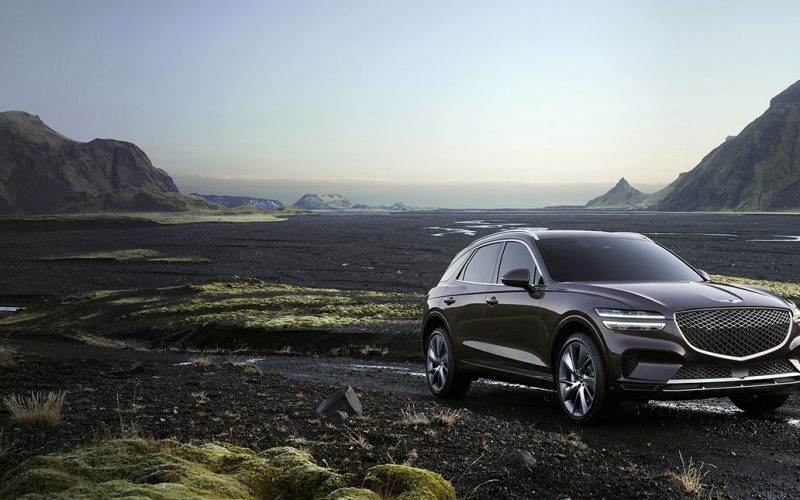
Reading Time: 8 minutesGenesis is successfully growing its lineup with a fresh, new design language and some entirely new
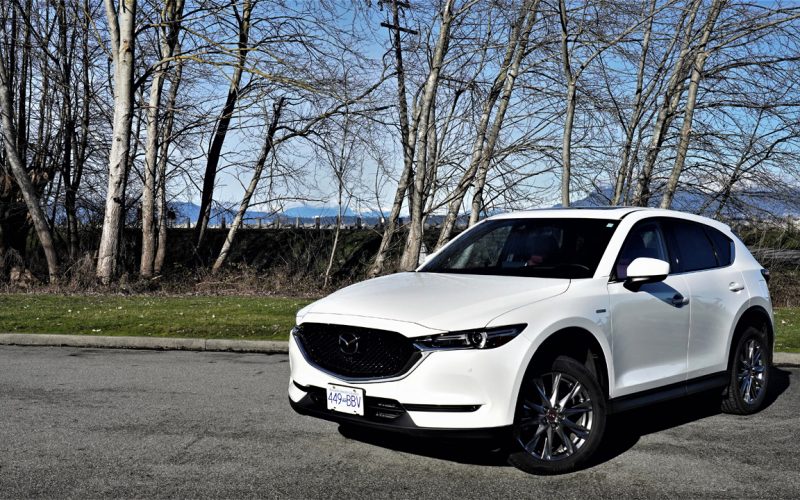
Reading Time: 9 minutesHas Mazda really been around 100 years? The independent Japanese brand celebrated its centenary this year,
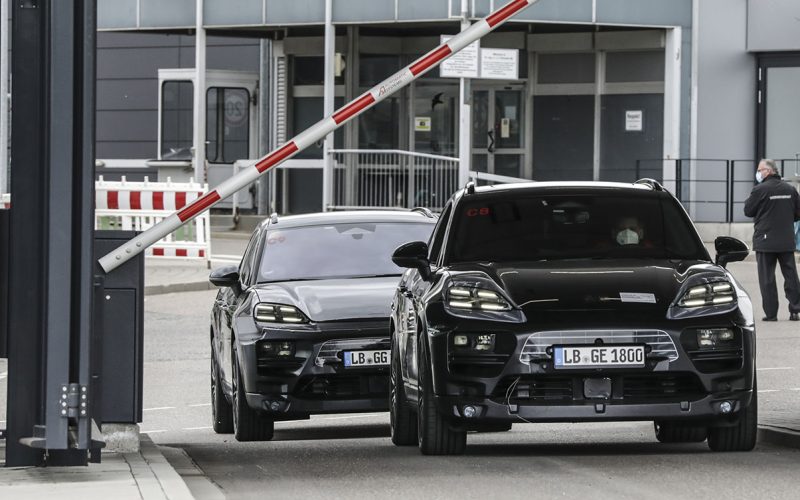
Reading Time: 6 minutesAfter Porsche’s intelligent choice to enter the electric vehicle market with a practical four-door coupe, and
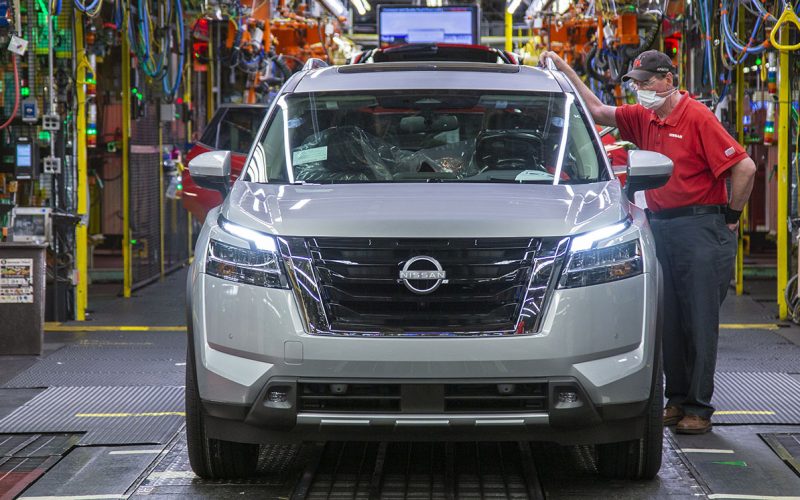
Reading Time: 4 minutesIt’s been nearly a decade since Nissan launched its car-based Pathfinder crossover, representing a risky move
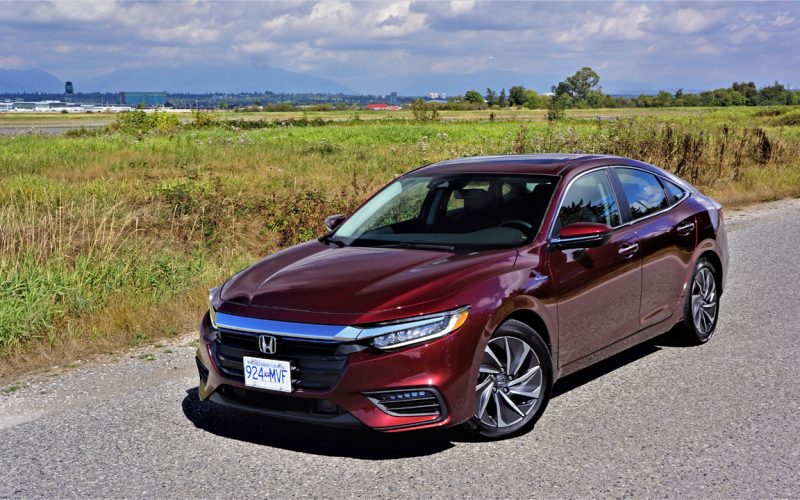
Reading Time: 15 minutesI’ve got to admit, Honda’s hybrid and full-electric strategy has long baffled the mind. Despite being
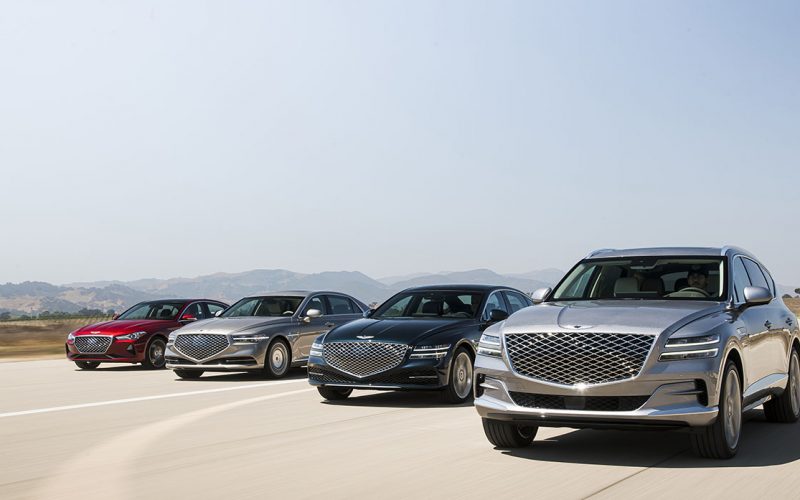
Reading Time: 5 minutesHyundai Motor’s premium Genesis brand will be introduced to European markets this summer, starting with two
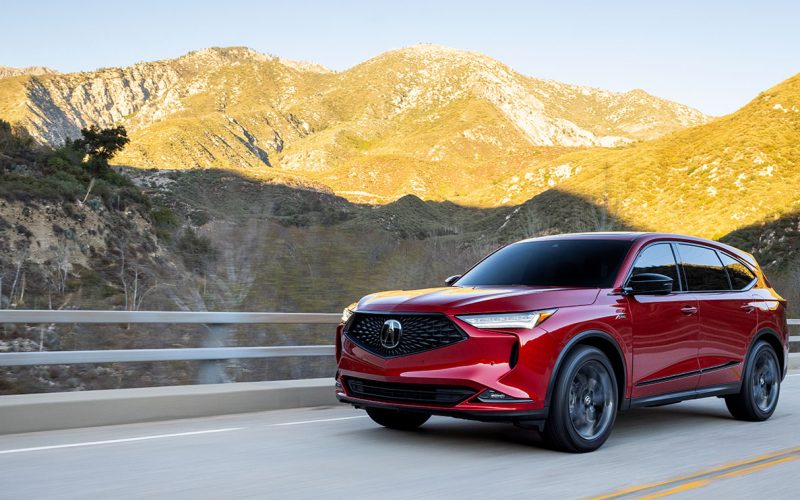
Reading Time: 2 minutesOff to a very good start, the totally redesigned 2022 Acura MDX has taken home a
© 2025 The Car Magazine. All Rights Reserved, Privacy Policy | Terms of Use